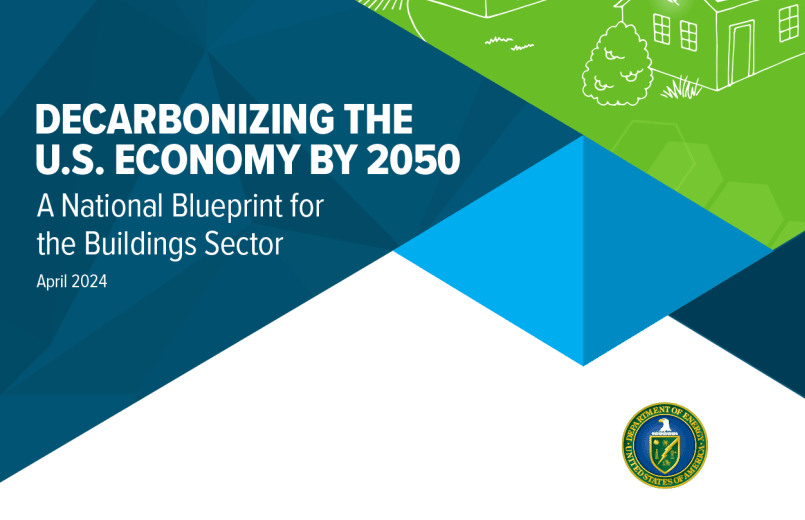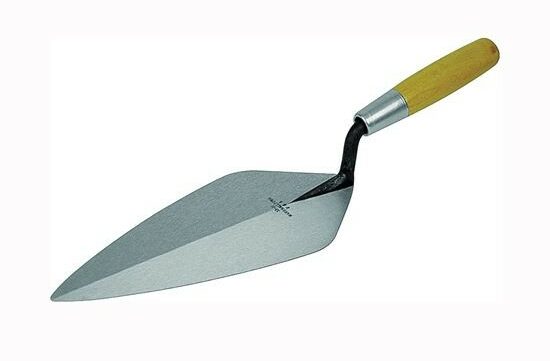Crushed Stone Vs. Pea Gravel- How Do They Differ?
When choosing the ideal material, crushed stone and pea gravel are two common options to take into account. Although they can be used similarly, these two materials are not interchangeable. Don’t worry if you’re not sure how these two are different. We are here to provide you with all the information you require about them. Find out more by reading on.
Crushed Stone Vs. Pea Gravel: Dimensions and Forms
The dimensions and forms of the two differ. Crushed stone gravel has an angular shape. While there are different sizes of gravel, ranging from 3/8″ to 4″, those 3/4″ in size are quite common. Pea gravel is rounded and about pea-sized. Note that stone is always measured on its smallest diameter.
Uses of Crushed Stone
Crushed stone has a wide range of applications, but it is most frequently used as material for projects that require structural strength. Before pouring concrete, many contractors favor using a subbase of ½” or ¾” crushed stone. Crushed stone is often used in projects underground, but some people prefer to use it for garden beds or recreational areas.
It’s important to consider the texture of crushed stone when using it for your projects. For areas like driveways, it can help produce a sturdier surface. However, because of its rougher texture, it might not be ideal for all applications.
Uses of Pea Gravel
Pea gravel is usually used in tasks that are at ground level due to its color, size, and texture (see image above). It is a popular choice among builders and homeowners for enhancing garden beds. Pea gravel can either blend in or stand out against the vegetation because of the variety of color options. Since it has a smooth surface, pea gravel is frequently used for recreational areas.
The size of pea gravel should be considered as well. Due to its small size and propensity to move around easily, pea gravel needs to be properly edged. This material also traps heat, which is another crucial factor to take into account as some plants may not grow well when planted near it.
Stone Vs. Pea Gravel: Which is More Expensive?
Depending on the type of stone and your budget, crushed stone and pea gravel prices change. Asking a local supplier for a quotation will help you determine the exact costs of each option for your project. Having a clear understanding of the differences between these two materials will ensure the success of your task. Our latest price sheet will provide you with all the information you need!
Make Ernest Maier Your Supplier Today
Ernest Maier is a top stone supplier for all your construction and building needs. As an organization who has made a name for us as the largest and most dependable masonry block manufacturer, serving the whole Mid-Atlantic, we provide realistic solutions to meet the needs of homeowners, architects, designers, and builders. We also have nearly a century of combined expertise, so we are able to recommend the best solutions for you. Our group of knowledgeable experts are always available to assist you with any needs you may have. For more information, drop by one of our stores or get in touch!

Retail Store ManagerKevin Racer
Latest News
4 Features That Makes Masonry Supply Company Stand Out
A masonry supply company plays a crucial role in the success of construction projects, providing essential materials and expertise to […]

Choosing The Right Size Lintel For Your Project
Determining the correct size of a lintel is critical for the stability and longevity of your construction project. A lintel […]

Data Misses on Embodied Carbon
There is significant urgency to avoid, reduce, or even reverse the emissions of greenhouse gases (CO2e) to avoid the worst […]

4 Masonry Tools You Should Have At Home
Effective and efficient masonry work, whether for repairs or new projects, requires the right tools. At home, having a basic […]
